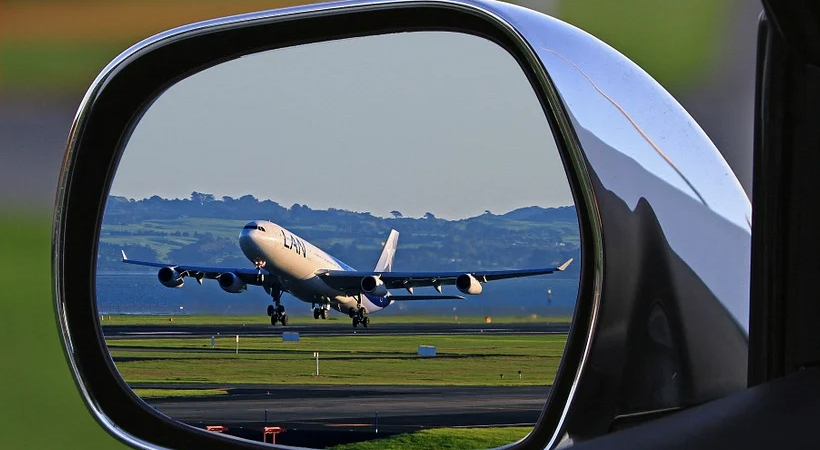Rising airline industry debt may crush its speedy recovery

The global airline industry’s debt could rise by $120 billion to $550 billion by year-end, with the coronavirus pandemic wreaking havoc in the sector.
An International Air Transport Association (IATA) analysis showed that $67 billion of the new debt is composed of government loans ($50 billion), deferred taxes ($5 billion) and loan guarantees ($12 billion).
Another $52 billion is from commercial sources including commercial loans ($23 billion), capital market debt ($18 billion), debt from new operating leases ($5 billion) and accessing existing credit facilities ($6 billion).
“Government aid is helping to keep the industry afloat. The next challenge will be preventing airlines from sinking under the burden of debt that the aid is creating,” said Alexandre de Juniac, IATA’s Director General and CEO.
In total governments have committed to $123 billion in financial aid to airlines. Of this, $67 billion will need to be repaid. The balance largely consists of wage subsidies ($34.8 billion), equity financing ($11.5 billion), and tax relief / subsidies ($9.7 billion).
“Over half the relief provided by governments creates new liabilities,” said de Juniac. “Less than 10% will add to airline equity. It changes the financial picture of the industry completely. Paying off the debt owed governments and private lenders will mean that the crisis will last a lot longer than the time it takes for passenger demand to recover.”
Moreover, the amount of relief received by airlines differs markedly from region to region. The US CARES Act is the main component of financial aid to North American carriers and represents a quarter of 2019 annual revenues for the region’s airlines. European assistance is at 15% of 2019 annual revenues and Asia-Pacific at 10%. But in Africa, the Middle East, and Latin America average aid is around 1% of 2019 revenues.
IATA is urging governments still contemplating financial relief to focus on measures that help airlines raise equity financing. “For those governments that have not yet acted, the message is that helping airlines raise equity levels with a focus on grants and subsidies will place them in a stronger position for the recovery,” said de Juniac.
“A tough future is ahead of us,” he continued. “Containing COVID-19 and surviving the financial shock is just the first hurdle. Post-pandemic control measures will make operations more costly. Fixed costs will have to be spread over fewer travelers. And investments will be needed to meet our environmental targets. On top of all that, airlines will need to repay massively increased debts arising from the financial relief. After surviving the crisis, recovering to financial health will be the next challenge for many airlines.”



